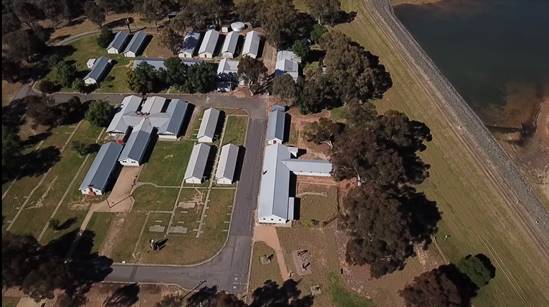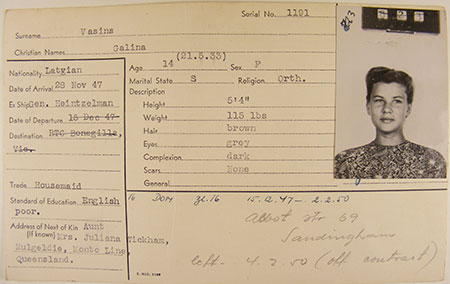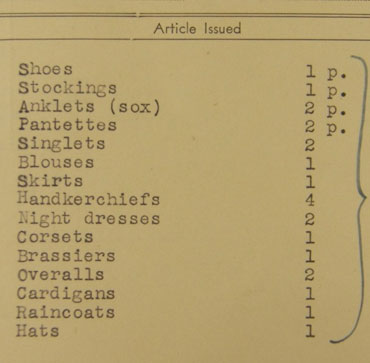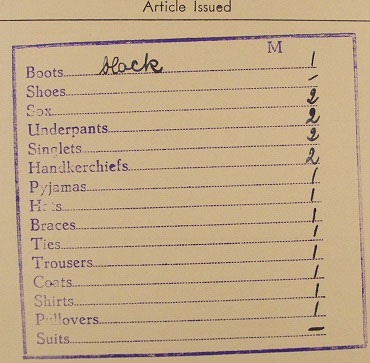Visitor introduction to this resource kit

This resource kit helps visitors to locate, investigate and make sense of a variety of primary resources available online.
The emphasis throughout the kit is on doing history.
- Visitors can trace shifts in the nature of migrant intakes at Bonegilla over time and track adjustments made to the reception centre and its processes to meet the changing needs of newcomers.
- Visitors are encouraged to explore migrant and refugee experiences.
- Visitors can trace different perspectives and develop empathetic understandings.
- Visitors are asked to approach evidence as an historian might, posing and answering their own questions of who, what, how, when and why and, then, deciding the value of the source.
Visitors might begin:
- by organising actual museum and site visits.
- by discussing some initial speculations about differences in migration experiences.
- by staging dinner-table discussions in post-war times on whether post-war Australia was taking in too many immigrants too quickly OR living with our first New Australian neighbours OR how we assess the success of the immigration program.
- by doing some investigative work collectively before undertaking research tasks as individuals or small groups.
- choose to focus on:
- a decade study, looking at Bonegilla in the 1940s, 1950s or 1960s;
- the story of ONE group of migrants, the Displaced Persons, migrant youth and children, the Greeks, the Dutch or another ethnic group.
- venture into discussions of significance and present-day echoes:
- what leads people to migrate from one country to another, especially when they do not have the language of the new country?
- how do people try to manage their lives at times of great personal uncertainty?
- how do publicists go about persuading voters today that they should support a vigorous immigration program.
- how might we decide whether public opinion is more influenced by media campaigns or discussions with family and friends.
- what are the advantages and disadvantages of a Big Australia?
Getting started imaginatively
Visitors might imagine themselves as migrants of the same age, then or now.
- Are visitors ready to arrive at Bonegilla -
- in 1949, as a person displaced from war-time Europe?
- in 1965, as an assisted migrant?
- Why did they come?
- What did they expect?
- What did they not expect?
- Are visitors ready today/ tomorrow, to arrive at a ‘Bonegilla’ equivalent in another country which speaks another language?
- How would they prepare themselves?
- Are visitors ready to design their own personal Bonegilla Identity Card?
- Where were they sent to when they left?
- What job might have been allocated to their family breadwinner OR to them, if they were over 16?
- What clothing were they issued with?
Staff at Bonegilla compiled identity cards on arrival for each of the non-British residents. The cards contained a passport size photograph (until 1956) and a description of physical appearance. There were details of arrival and departure.

Galina Vasins, aged 14, was the youngest of what the media called ‘Calwell’s Beautiful Balts’, the first contingent to arrive at Bonegilla. She left on 4 February 1950 when she was ‘off contract’, that is she had served her labour contract for two years.
On the reverse side of the card officials recorded the issue of clothing that may have been made to refugees with few belongings. The clothing came from Army stores, but often included second-hand clothes collected and made available by the Red Cross.


How well do the female and male lists of clothing items match young people’s wardrobes today?
